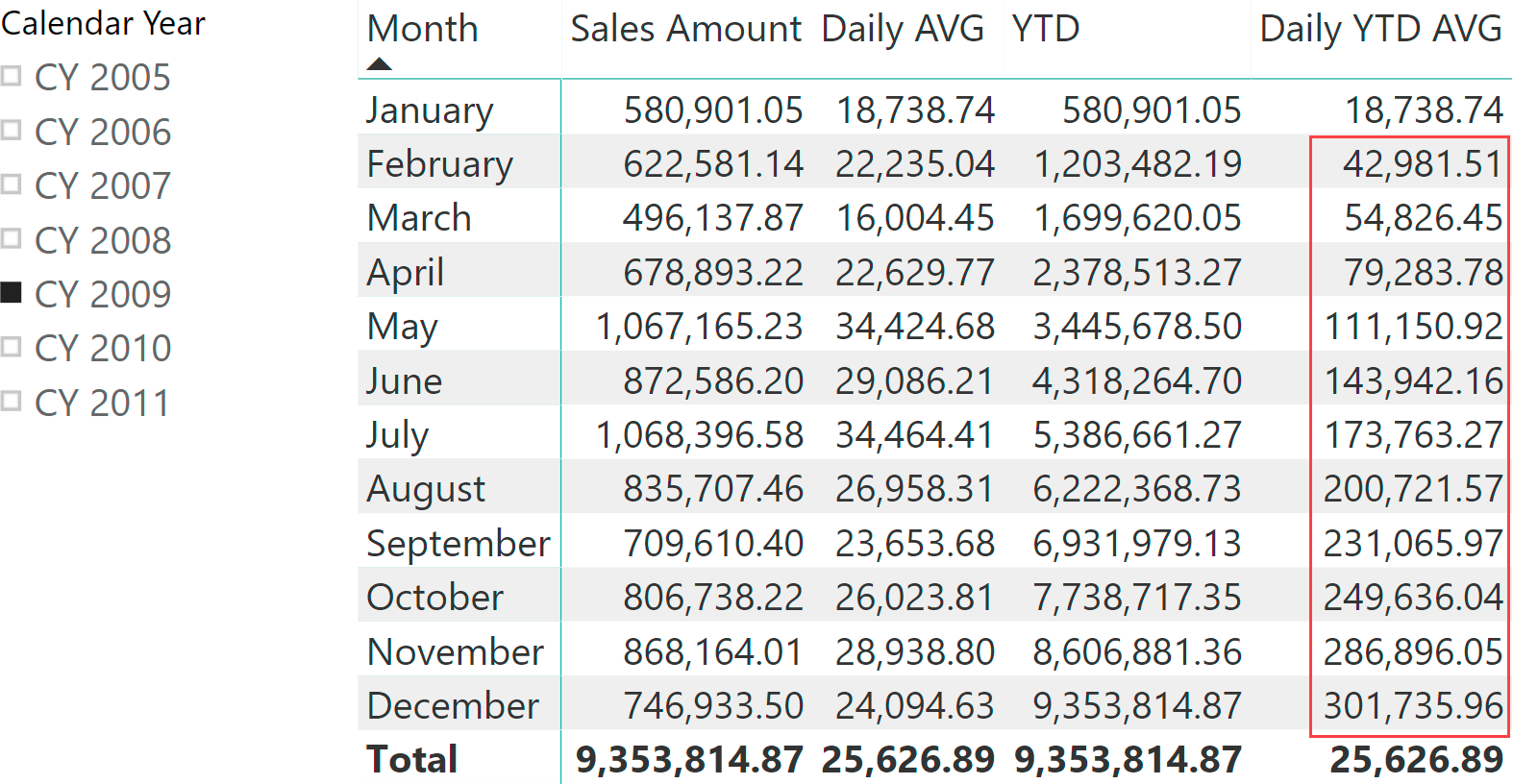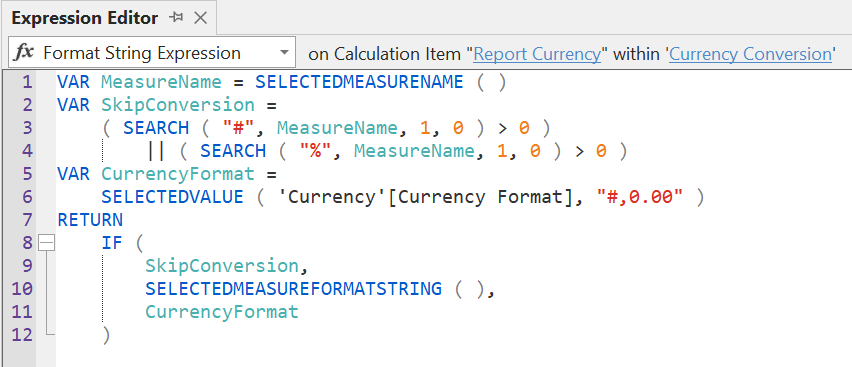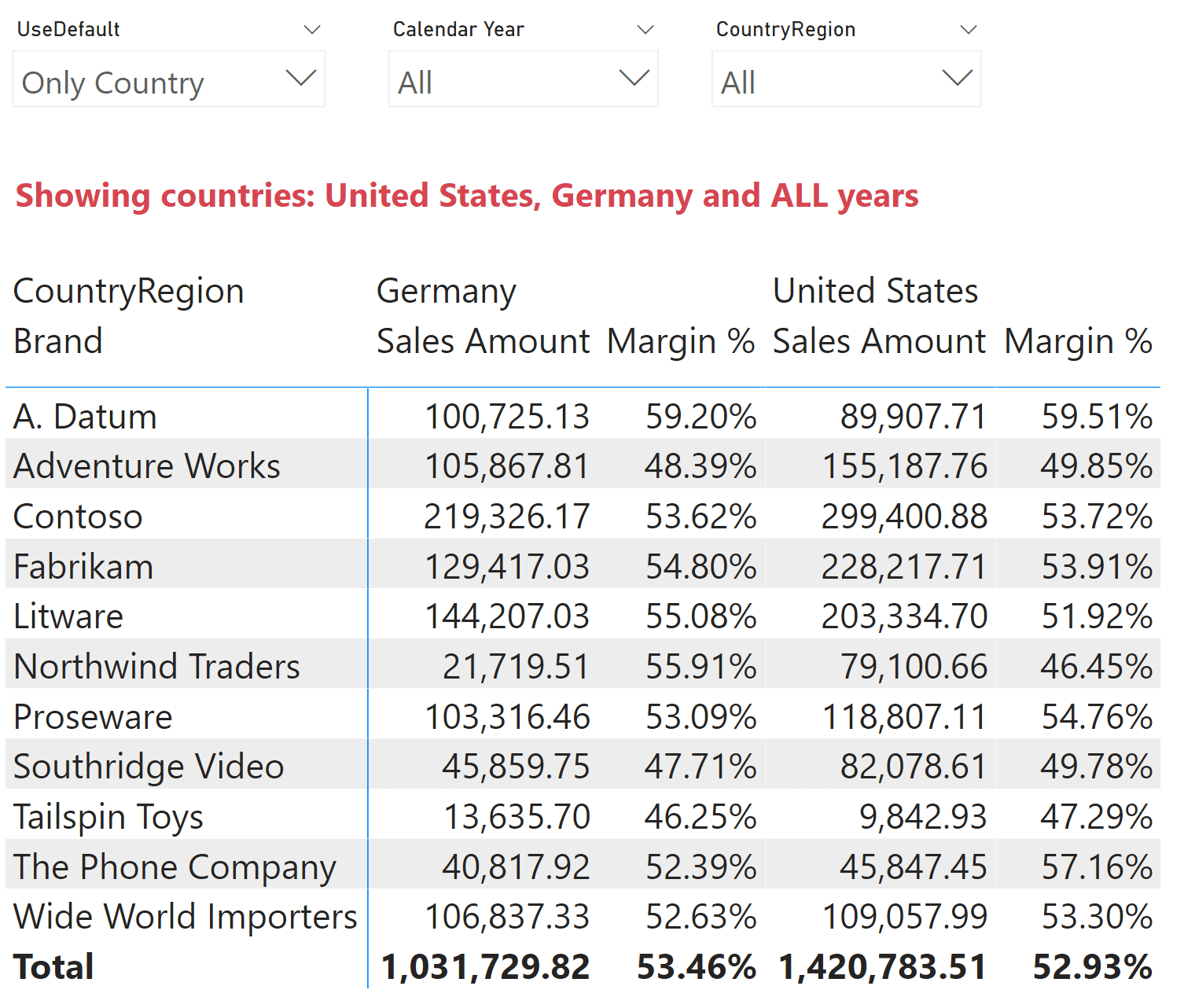Topic: Calculation groups
-
When a slicer contains many items, developers can filter the most relevant items using another slicer. The scenario is easily solved with a many-to-many relationship if the source is a regular table. Still, it requires some DAX coding if the… Read more
-
This article explains the precedence of calculation groups in DAX, needed whenever multiple calculation groups are present within the same model. Before starting, we suggest you read the previous articles in this series. Read more
-
This article compares two common techniques to filter time periods in DAX: calculation groups and many-to-many relationships. Read more
-
This article introduces the syntax to describe in a textual form the DAX expressions and additional properties of calculation groups. Read more
-
When used in a composite model, calculation groups show a very unique behavior that a good DAX developer must understand well to build sound models. In this article we describe how composite models and calculation groups work together. Read more
-
This article shows how to use calculation groups to define a default set of values for columns in your model. Different users can have different default values, and yet retain the full capability to select different values. Read more
-
This article shows how to use calculation groups to change the active relationship in a model in order to let users choose among multiple dates. Read more
-
This article shows two techniques based on calculation groups: how to implement dynamic format strings in regular measures, and how to perform weight conversion on the fly. Read more
-
This article describes how to use calculation groups to dynamically replace only a partial expression in a complex DAX calculation. Read more
-
This article explains how calculation items are applied to measure references, and it is part of a series dedicated to calculation groups in DAX. Before starting, we suggest you read the previous articles in this series. Read more









